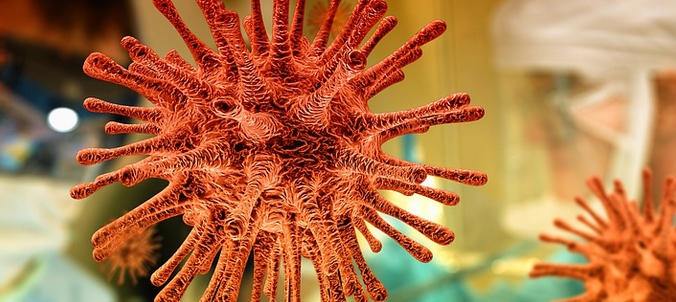Introduction
Accidents happen, and if you’re working on a project that involves wood and acetone, it’s likely that at some point, you’ll get acetone on your wood surface. Acetone is a powerful solvent that is commonly used to clean and prep surfaces before painting or staining. However, if it gets on wood, it can cause damage to the surface. In this article, we’ll discuss what to do if acetone gets on wood.
Assess the Damage
The first thing you should do is assess the damage. If the acetone has only been on the surface for a short period, the damage may be minimal. However, if the acetone has been on the surface for a longer period, it may have penetrated the wood and caused more significant damage.
Remove the Acetone
The next step is to remove the acetone from the surface of the wood. You can do this by using a clean, dry cloth to blot the surface, being careful not to rub the acetone further into the wood. If the acetone has already dried, you may need to use a mild solvent, such as mineral spirits or denatured alcohol, to remove it.
Sand the Surface
If the acetone has caused damage to the surface of the wood, you may need to sand the surface to remove the damaged layer. Use a fine-grit sandpaper and sand in the direction of the grain to avoid further damage to the surface.
Apply Wood Filler
If the damage is more significant, you may need to apply wood filler to the surface to fill in any cracks or holes. Choose a wood filler that matches the color of the wood and apply it according to the manufacturer’s instructions. Once the filler has dried, sand the surface again to smooth it out.
Stain or Paint the Surface
Finally, you can stain or paint the surface of the wood to give it a finished look. Choose a stain or paint that is appropriate for the type of wood and apply it according to the manufacturer’s instructions.
Prevention Tips
Prevention is always better than a cure, so here are some tips to help you avoid getting acetone on your wood surfaces:
- Use a drop cloth or plastic sheeting to protect your work surface
- Wear gloves when working with acetone
- Be careful when pouring acetone to avoid spills
- Clean up spills immediately
Conclusion
If acetone gets on your wood surface, don’t panic. With a little bit of effort, you can repair the damage and restore your wood surface to its former glory. Remember to assess the damage, remove the acetone, sand the surface, apply wood filler if necessary, and stain or paint the surface. And, of course, take steps to prevent future accidents.

